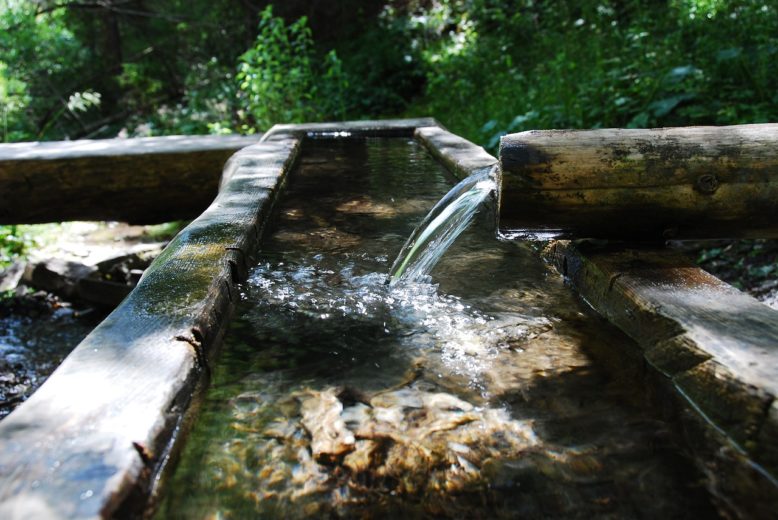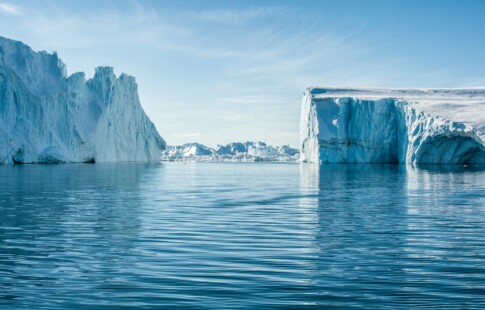
The State of the World Water Crisis in 2024
We are reader-supported. When you buy through links on our site, we may earn affiliate commission.
As the global population grows and climate change makes rain unpredictable, we’ve started to run out of drinkable freshwater. Researchers have become increasingly confident that available freshwater will decrease over the coming years — some are even estimating that there could be a worldwide water shortage as soon as 2040. Here’s the state of the world water crisis in 2024 — and what we may be able to do to beat global water scarcity.
The Current World Water Crisis
Right now, 25 countries around the world — from smaller nations like Botswana to India, the world’s largest democracy — are experiencing extremely high water stress, meaning that they are using almost 100% of their currently available water. At the same time, several major cities — like Tokyo, Los Angeles and Mexico City — are beginning to struggle with diminishing water supplies.
In early 2018, Cape Town narrowly avoided Day Zero — the day when a city’s reservoirs run dry, leaving the city without running water. The causes of water scarcity vary from location to location. In some areas, climate-change-induced droughts have dried up local water tables and left local officials scrambling for alternative water sources. In others, aging water infrastructure and poor water management have led to water that’s undrinkable and difficult to treat or purify. At the same time, population levels are rising quickly around the globe — putting further stress on already dwindling water supplies.
According to UNICEF, half of the world will live in some state of water scarcity by 2025. The climate crisis is intensifying, increasing the amount of pollution, natural disasters, and more that are making water resources harder to come by. Combine this with ballooning global populations, and water is a hot commodity.
The Future of Water Scarcity
Right now, most researchers predict the world water crisis is going to get much worse in the years ahead. As rain patterns become less predictable and the world population continues to grow, it will put further strain on reservoirs that are already on the verge of running dry.
By most estimates, large nations in the developing world are facing the worst of the crisis and have the least amount of time to act. For example, researchers believe India only has five years to tackle the water crisis before it may start costing lives.
Also, while developing nations are likely to feel the effects of water scarcity the soonest, the United States won’t escape the water crisis. While population levels in the United States aren’t growing as fast as those in the developing world, water use rates continue to rise — like in water-stressed California, where average water use can be as high as 83 gallons per person per day.
The Future of Water Infrastructure
At the same time, old or failing water infrastructure around the country — like the water system in Flint, Mich. — is starting to put extra stress on water availability and local health. Combined with other threats, like a potential repeal of the Clean Water Act, this infrastructure could harm local water sources and further reduce the amount of freshwater we have available. Poor water management can also have other ripple effects beyond creating new water scarcity — like harming the health of the ocean and other environments.
Climate change and increasingly unpredictable weather could also have severe impacts in the coming years that could make water scarcity worse. We’re already seeing something like this in water-stressed Australia. The country is suffering some of the worst wildfires in its history right now, fueled by drought that scientists believe is primarily due to climate change.
Without action, much of the world could be facing severe water scarcity before the end of this decade.
How to Beat the Water Crisis in 2024 and Beyond
Fortunately, the water crisis isn’t a sure thing, and governments and individuals alike can take many steps to save water. The UN released their World Water Development Report for 2024, and 2.2 billion people live without water access, and 3.5 billion do not have sanitation.
Simple fixes to water infrastructure — like upgrading old equipment, plugging leaks and repairing damage — can go a long way to saving water and ensuring municipal water is clean and healthy. Countries and cities can also look to alternatives to existing water sources to make themselves more resilient to water scarcity. Finding new sources for water — like collected rainwater or reclaimed and treated wastewater — can also help refill water reservoirs, especially in areas that depend on falling water tables.
There are also ways individuals can help reduce overall water usage at home and in their daily lives. For example, eco-friendly lawn care and design can help reduce the amount of water that gets spent maintaining suburban lawns. Here are a few other ideas anyone can implement:
- Install rainwater barrels
- Drink all water at restaurants
- Reuse pasta water for watering plants
- Time showers
- Don’t use commercial car washes
- Turn off sprinklers and water lawns less
- Weigh down toilet tanks
However, individual consumers only have a limited amount of power over national and international water use. Pressure on governments to make structural changes will probably be necessary to help save water, encourage efficient water usage and find new sources of drinkable water.
The World Water Crisis in 2024
Right now, much of the world is already on the verge of a serious water crisis. Seventeen countries around the globe are currently under extreme water stress, and researchers believe that number may grow soon. The water crisis has a few different causes — including increased water use, climate change and a growing global population — and is likely to affect the whole world if left unchecked.
While severe, the water crisis isn’t inevitable. Improvements to water systems, new water sources and changes to individual water use habits can help save water and prevent worse water scarcity.
This post was updated on April 4, 2024 to reflect current information.
Share on
Like what you read? Join other Environment.co readers!
Get the latest updates on our planet by subscribing to the Environment.co newsletter!
About the author
Jane Marsh
Starting from an early age, Jane Marsh loved all animals and became a budding environmentalist. Now, Jane works as the Editor-in-Chief of Environment.co where she covers topics related to climate policy, renewable energy, the food industry, and more.





